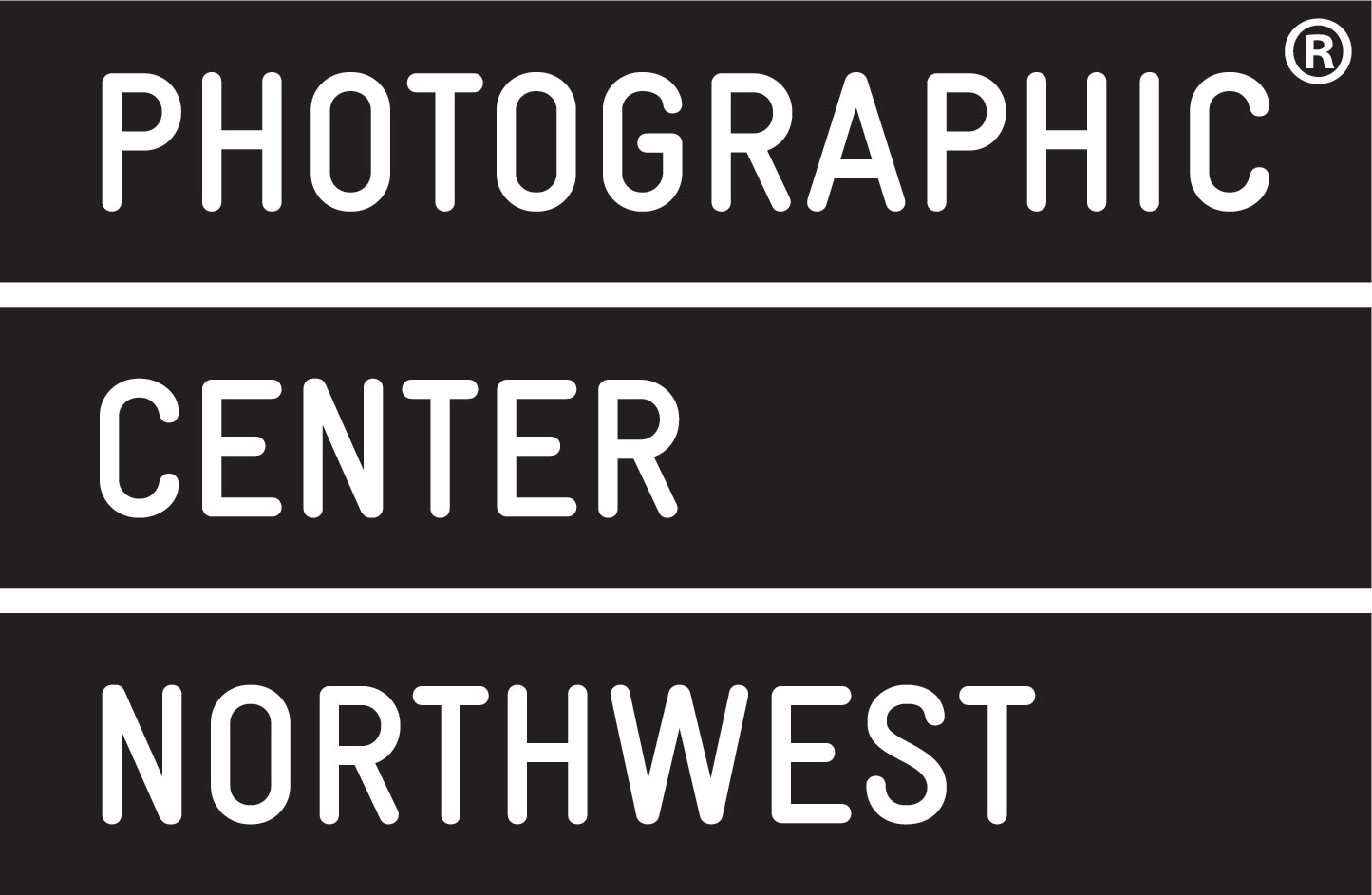Counter-Photography:
Japan’s Artists Today
On view: September 11 – October 5, 2009
Featuring: Hiroshi Sugimoto, Eikoh Hosoe, Miho Akioka, Miyuki Ichikawa, Akiko Sugiyama, Chie Yasuda, Kazuo Katase, Hiroko Inoue, Tomoko Yoneda, Tomoaki Ishihara and Michihiro Shimabuku
Organized by the Japan Foundation*, this internationally touring exhibition introduces an exciting selection of photography by eleven contemporary Japanese artists: Hiroshi Sugimoto, Eikoh Hosoe, Miho Akioka, Miyuki Ichikawa, Akiko Sugiyama, Chie Yasuda, Kazuo Katase, Hiroko Inoue, Tomoko Yoneda, Tomoaki Ishihara and Michihiro Shimabuku. The common theme that links these works together is the photographers desire to capture a world invisible to the human eye – the world of the “spirit”. Such an attitude reflects the traditional Japanese approach to life, in which all objects are perceived to have a spiritual aspect.
Reacting to a society defined by constantly shifting values, demographics, and technologies, the exhibiting artists employ varied approaches to photographic expression and representation. Some delve beyond external appearance to expose an essential truth, while others attempt to reinterpret and reconfigure issues of identity, self, and community in a world seemingly devoid of a spiritual foundation.
Due to its ability to copy or replicate reality, photography has long been attributed with a certain “truth value.” Consequently, photographs are often cited as documentation or irrefutable evidence of something’s existence in the material world. Counter Photography, as its name implies, challenges many of these popular beliefs, utilizing the inherently visual medium of photography to explore that which cannot be seen.
The exhibition consists of two sections. The first is entitled “To Distill: Another Appearance,” and the second is entitled “To Reverse: Another Relationship.” Based on the idea, “to reveal the reality behind the visible,” the two sections show different approaches and themes.
Artists include Tomoko Yoneda who takes photographs of the interiors of houses after the residents have moved out, concentrating on the marks made on the wallpaper by the everyday acts of living, the removal of paintings, the heat of gas fires and the pencil scratches of children. Work by Eikoh Hosoe, one of the first generation of post-war Japanese photographers, shows the human body reduced almost to the point of line drawings, at angles that sometimes turn the photographs into abstraction. Tomoaki Ishihara’s self-portraits are taken in art galleries, contrasting his unfocused face in close up with traditional Western and Japanese paintings of people. The architecture seen in Hiroshi Sugimoto’s work is originally masculine monuments that possessed concrete forms. The solid buildings had taken shape through the creativity of builders and architects with the aim of showing the power and wealth that maintain civilization. However, Sugimoto excludes the solid materiality form the well-known buildings, and shows an aggregate of shadows, which is similar to seeing a fleeting nightmare. Through the lens of his camera, Sugimoto’s nihilistic view succeeds in infusing poison into the glorious products of modernism, and in abstracting their illusory appearances and reversing their values.
The exhibition is co-sponsored by Photographic Center Northwest; The Japan Foundation; and The Consulate-General of Japan, Seattle.
* The Japan Foundation was established in 1972 as a special legal entity supervised by the Foreign Ministry to undertake international cultural exchange and was subsequently reorganized as an independent administrative institution in October 2003. The Japan Foundation consists of a head office in Tokyo, a branch office in Kyoto, two Japanese-language institutes (Urawa and Kansai), and 22 overseas offices in 20 countries.
